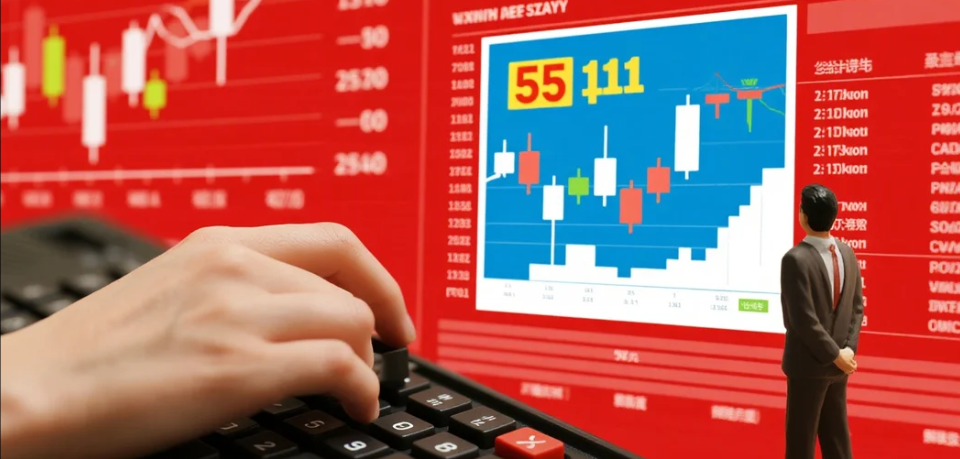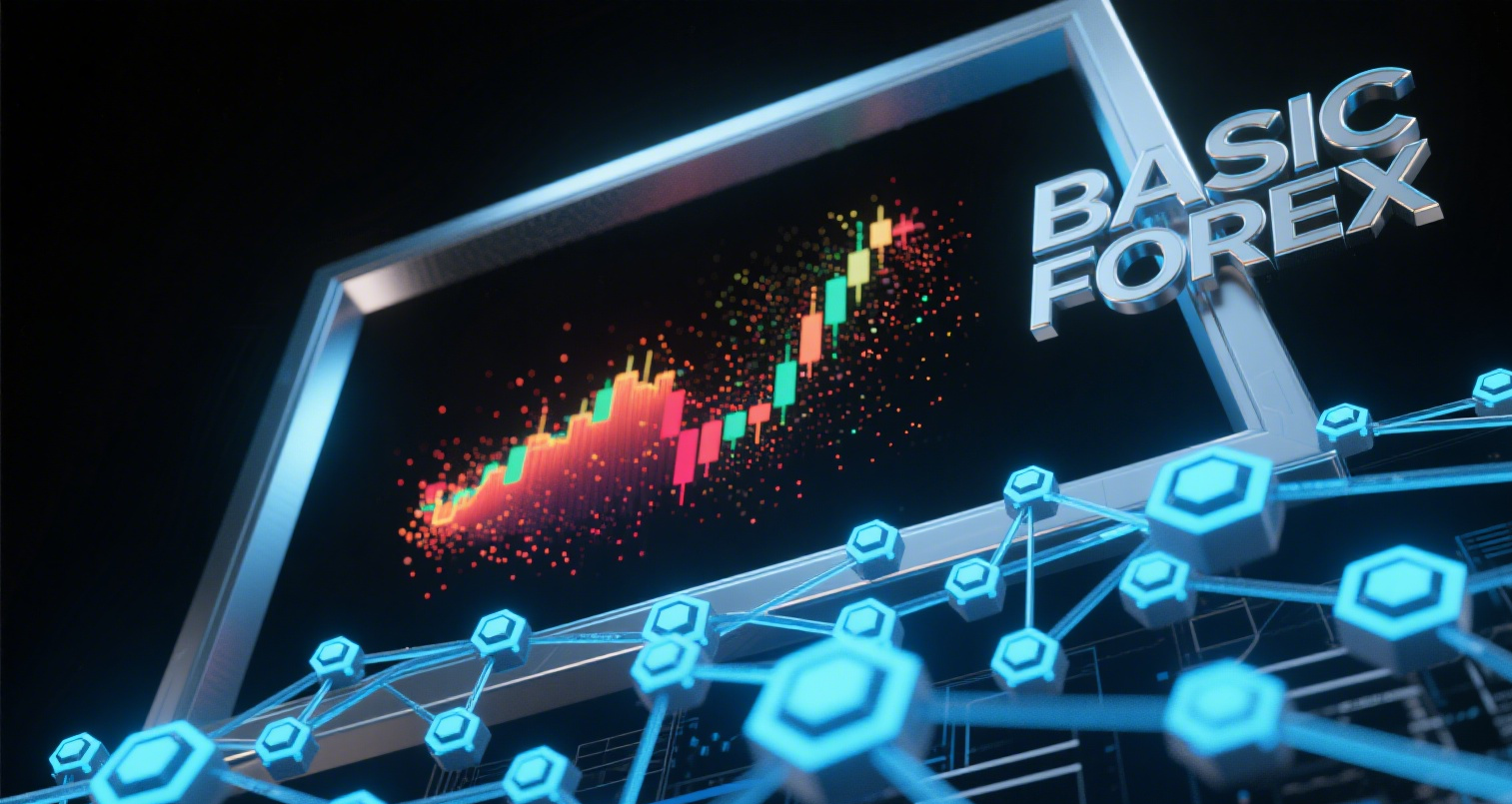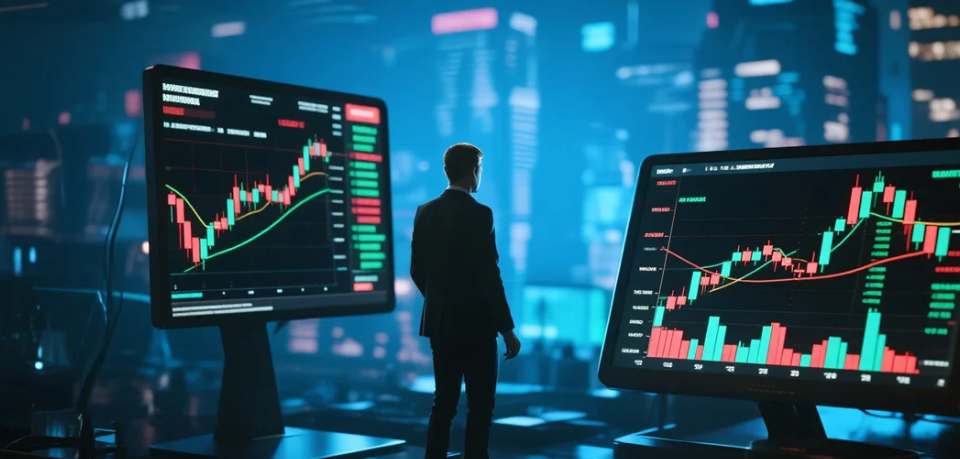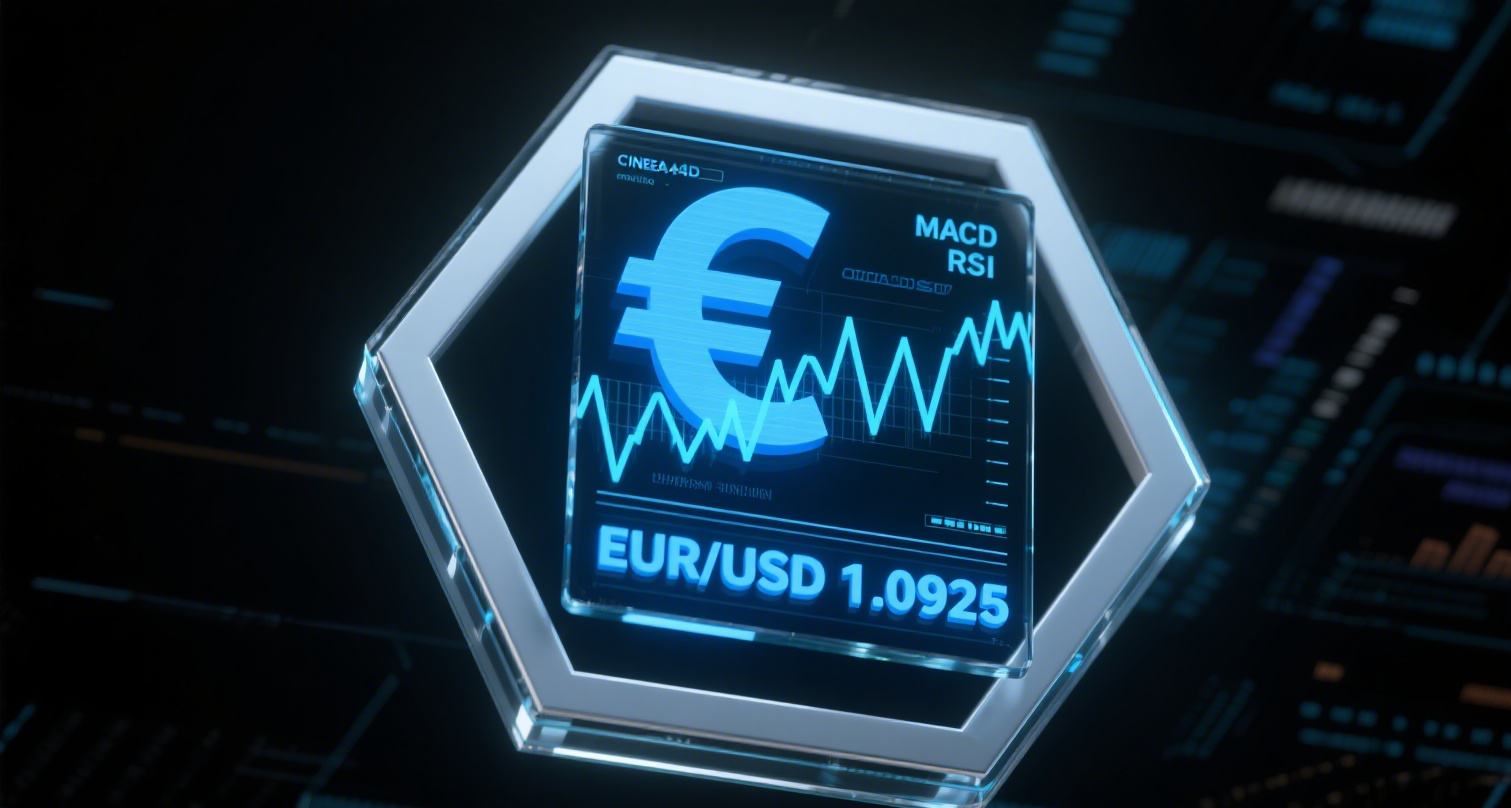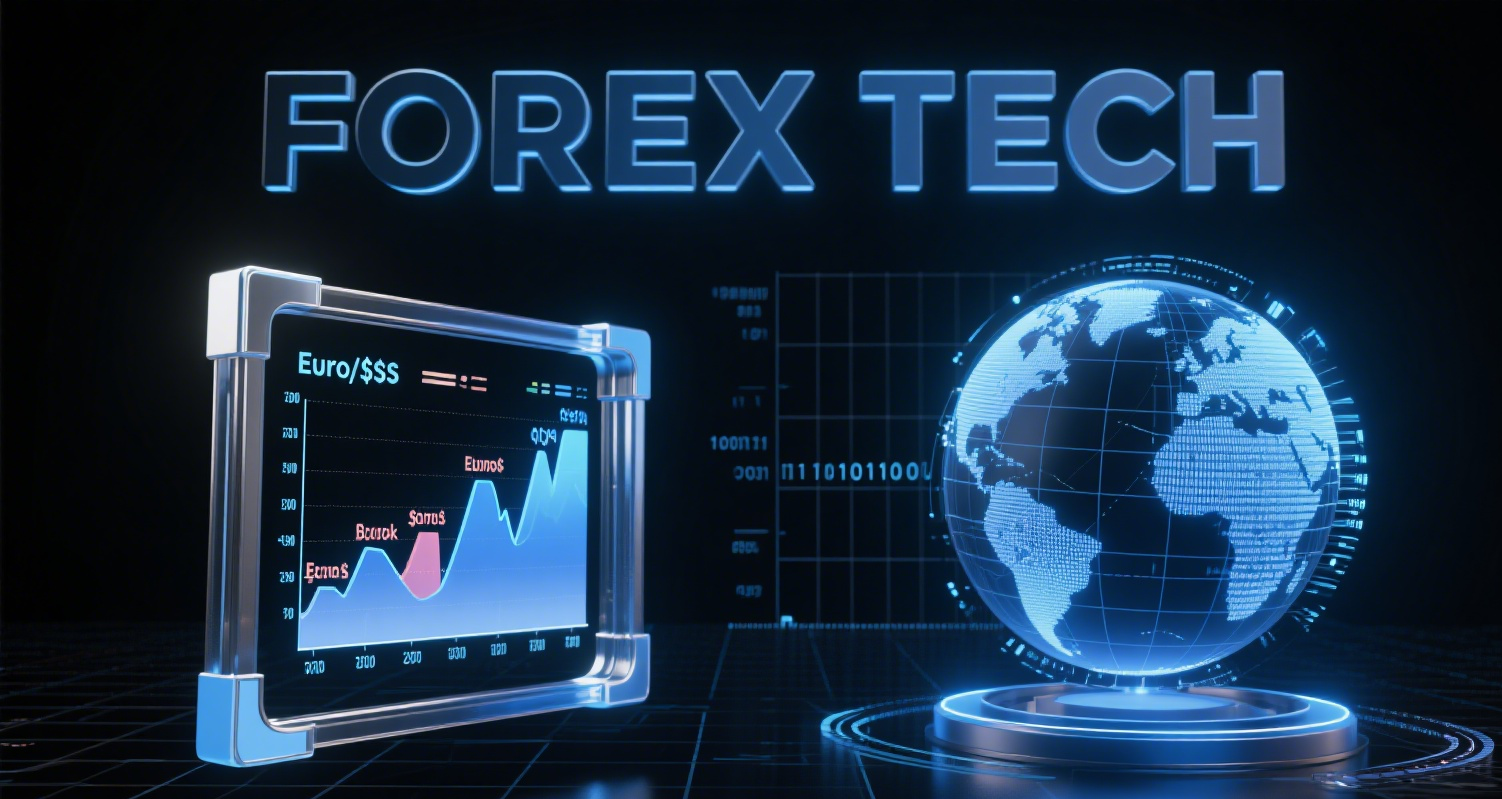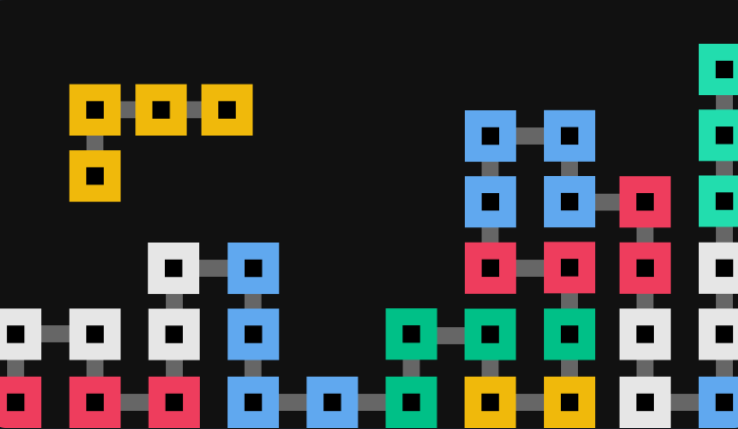
The blockchain ecosystem is rapidly evolving, expanding its audience every day. Although blockchain technology is primarily applied in cryptocurrency networks, it can also provide innovative solutions for numerous industries.
Notable industry sectors include healthcare, government governance, supply chains, the Internet of Things (IoT), and charitable causes.But did you know that blockchain technology is also transforming the gaming industry?
The Current Gaming Industry
Today, the vast majority of online games operate on a centralized model. In this model, all relevant data is stored on servers entirely controlled by game administrators.
Generally, this data includes account information and server history. It records and stores all events as well as in-game assets collected by players (e.g., collectibles, items, and virtual currencies).
The game database is owned by a company, and players do not have true ownership of their accounts or items. Additionally, centralized servers come with many limitations and vulnerabilities, which may include:
-
Server failures due to technical issues
-
System hacking
-
Game shutdowns
-
Improper account bans
-
Lack of transparency in game mechanics and drop rates
-
Developers and administrators manipulating the in-game economy
In other words, power lies in the hands of gaming companies. Fortunately, blockchain technology can eliminate or mitigate most of these issues.
How Does It Work?
As a distributed database, blockchain-based systems can be used to verify and secure various types of digital data, including game history, digital items, and tokenized assets. The core idea behind adopting this technology is to take power away from gaming companies and empower players.
This way, each player can have full control over their account and digital assets, freely trading them anytime, anywhere. There are many different approaches to developing and maintaining blockchain games.
How Does Blockchain Impact the Gaming World?
This section will introduce some of the most common ways blockchain technology is influencing the gaming industry.
True Ownership
As mentioned earlier, blockchain-based games allow players to permanently own and fully control their in-game assets. Typically, each asset is represented by a unique non-fungible token (NFT), such as an ERC-721 token.
These assets may include game cards, skins, equipment, and characters. Regardless of the asset type, they can all be linked to blockchain tokens maintained by a distributed network.
Decentralized Marketplace
Gaming companies have the authority to manipulate drop rates and the in-game economy. They can also lock or bind in-game items, making them untradable.
In contrast, games built on blockchain networks can establish decentralized marketplaces. This enables trustless interactions between players while resisting censorship. All players can freely buy, sell, and trade their in-game assets peer-to-peer.
Streamlined Payment Processes
Blockchain and smart contracts can reduce fees and speed up financial transactions. They simplify various payment processes, not only for peer-to-peer transactions between players but also for transactions between players and developers.
Gaming Multiverse
By linking in-game data and items to blockchain tokens, players can trade assets across different games. This allows players to recycle digital assets while exploring new games.
Since in-game items are represented by digital tokens, players can trade these tokens in other game marketplaces hosted on the same blockchain.
Fair Gaming Environment
Depending on the implementation, blockchain can create open-source, transparent, and distributed game servers. In this scenario, game mechanics can only be altered if the majority of participants in the network vote in favor.
Moreover, the distributed nature of blockchain eliminates single points of failure, preventing hackers and cheaters from disrupting the game.
Unrestricted Gaming
If a game relies on centralized servers, developers can abandon the project or shut down the game at any time. With blockchain technology, players can continue playing even if the developers leave.
As long as the blockchain network remains operational, the game will persist. In some cases, new developers may take over and continue improving the project.
Limitations
Although blockchain technology opens up new horizons for gaming, it still faces several challenges, including:
-
Poor scalability. Blockchains are often much slower than centralized networks, potentially limiting global adoption.
-
Low adoption rates. While there are hundreds of blockchain games available, overall demand remains low. Most games have very few players.
-
Centralization. Not all blockchain games are fully decentralized. Some use ERC-721 or other blockchain tokens but still operate on centralized servers.
-
Overly simplistic. With a few exceptions, most blockchain games are too simplistic to attract players who value graphics or refined gameplay.
-
High barriers. Fundraising for launching and maintaining blockchain games is challenging. Adoption and scalability issues further constrain developers.
-
Fierce competition. Blockchain games are often developed by small independent teams (indie games), making it difficult to compete with large gaming companies in the centralized world.
Fortunately, solutions are gradually emerging. Many teams are exploring Ethereum Plasma, Lightning Network, and other Layer 2 solutions to address scalability issues.
Conclusion
Clearly, blockchain technology holds immense potential in the gaming industry. It brings significant improvements for players and developers, notably in decentralization, transparency, and interoperability.
If developers can overcome the major limitations, blockchain could very well shape a better gaming world and even open up entirely new realms of entertainment, allowing players to freely enjoy the fun of gaming.







